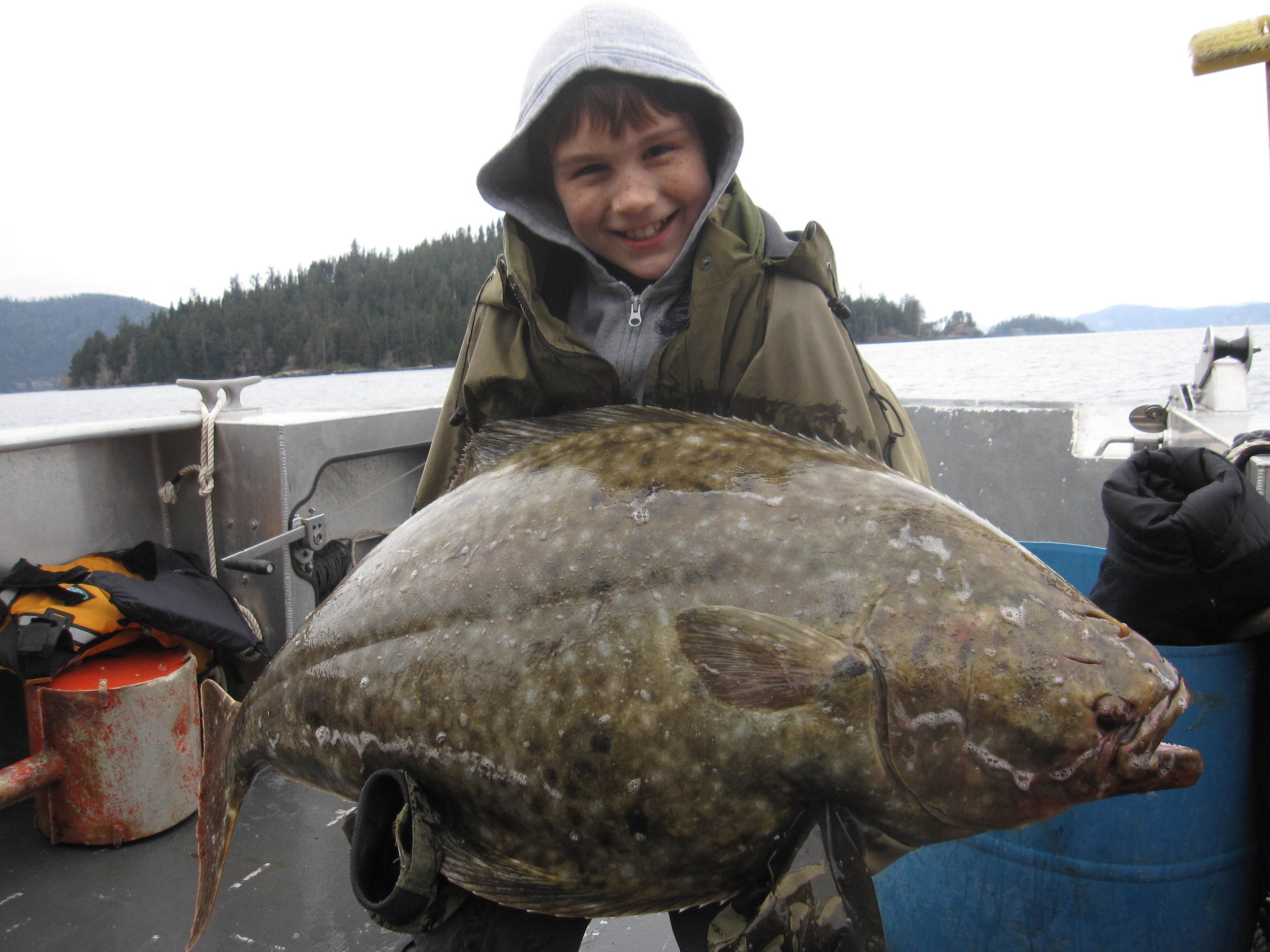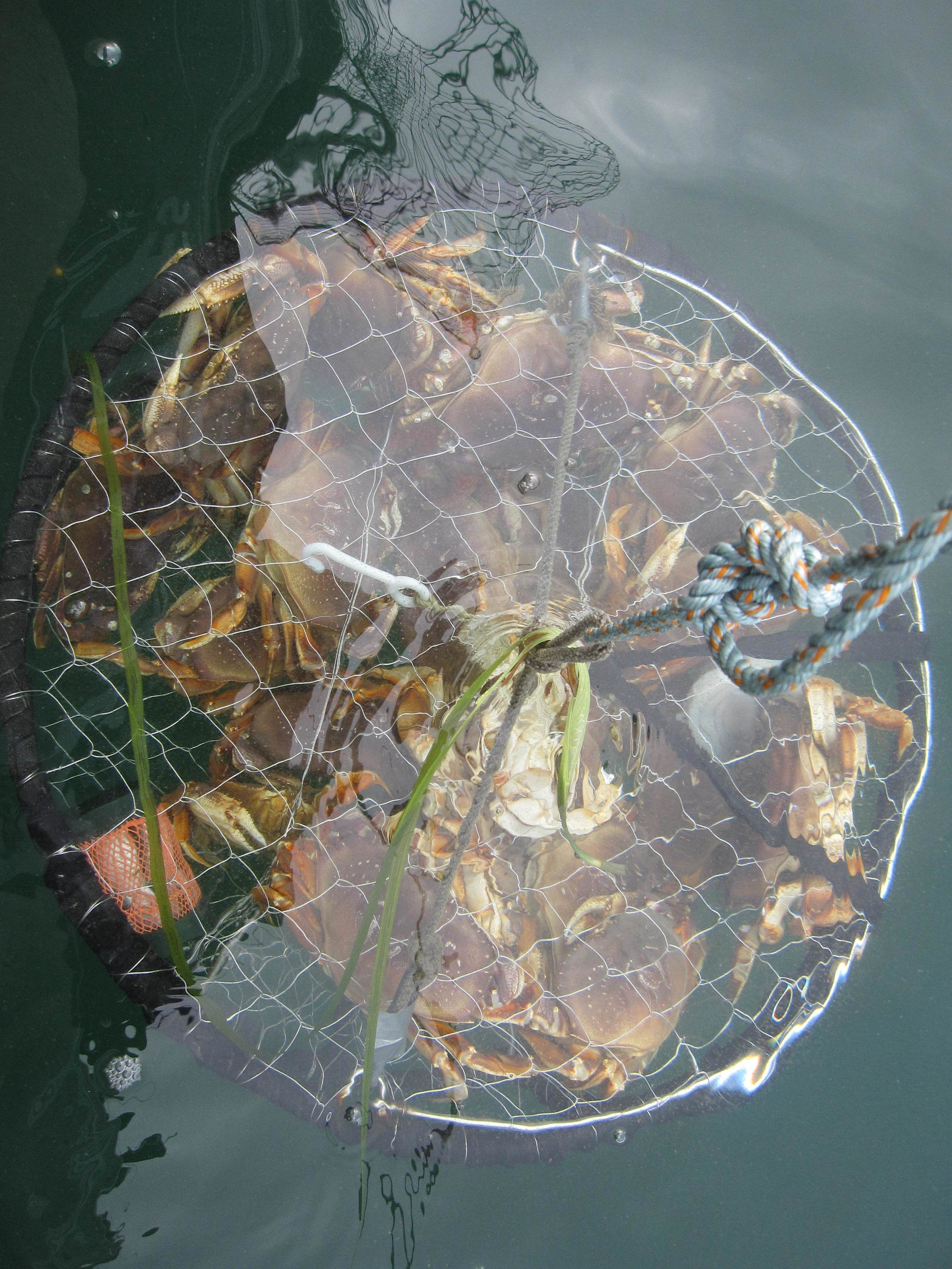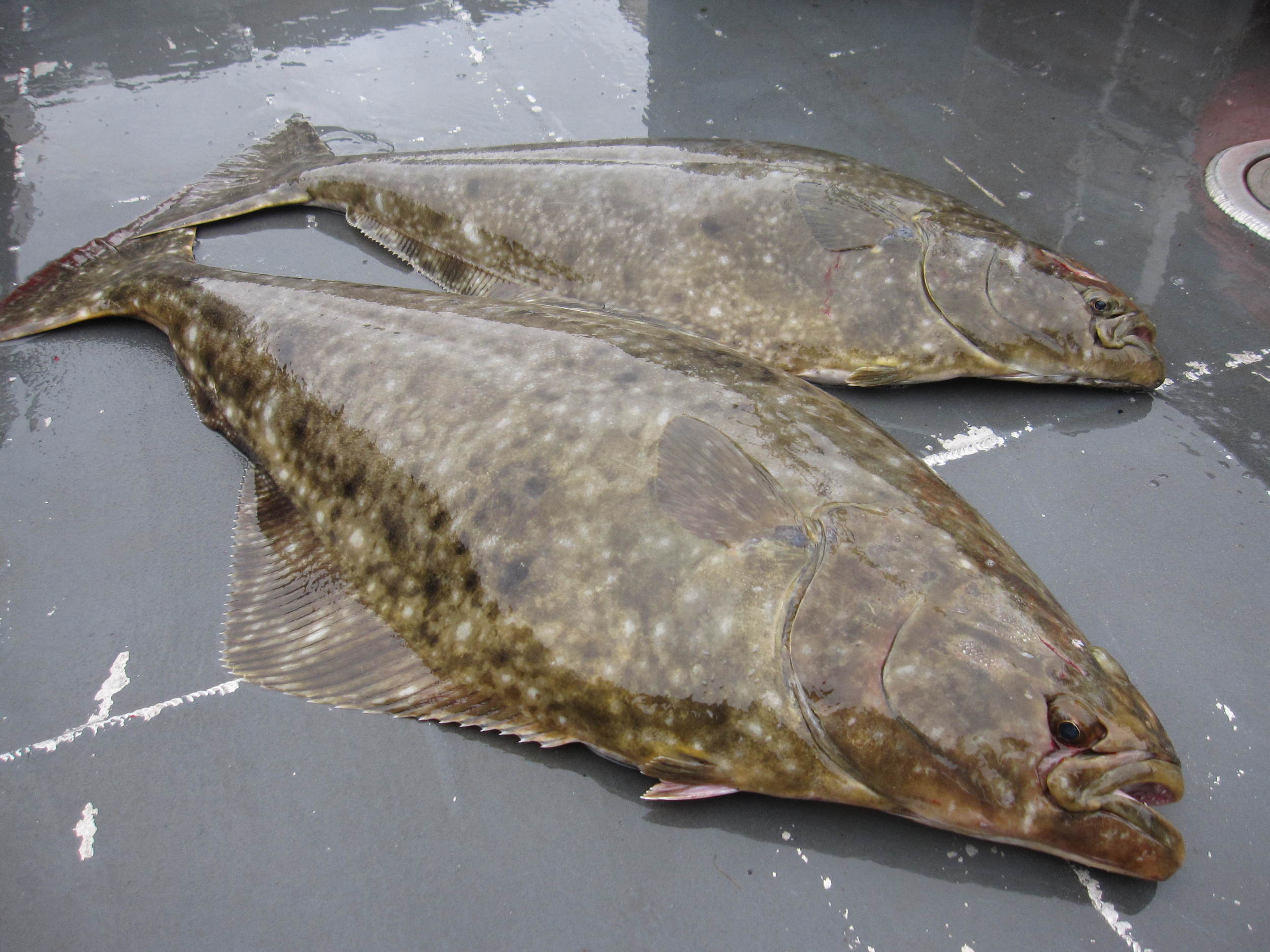Fishing Tours
When to come fishing
Lingcod, Halibut & Rock Fish: Mid-March to November
Chinook/King Salmon: May to September
Coho, Chum, Sockeye and Pink Salmon: July to September
Fishing Permits & Regulations
All individuals planning to fish must purchase a fishing license online in advance. You must print your permit and carry it with you on the trip.
Information on fishing limits can be found through the Department of Fisheries and Oceans or through the Pacific Salmon Foundation and Halibut Science.
THE FLEET
All boats are built to handle west coast weather conditions, providing comfort and leisure for your experience. All boats are Transport Canada certified.
27’ Hewes Craft, 4-5 passengers, washroom, heated cabin
26’ Osprey, 3-4 passengers, washroom
26’ Trophy, 3 passengers.
Fish Processing
We partner with a licensed seafood processor, who will provide insulated fish boxes and fish that are flash frozen on delivery. There is a 50lb limit to each box.








